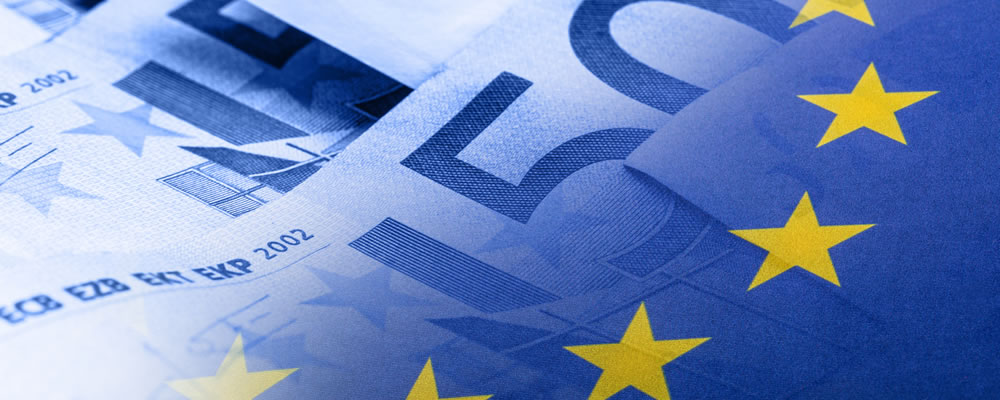Market Disappointment in Latest RBA Monetary Policy Meeting Allows EUR/AUD Exchange Rate to Record Strong Gains
The EUR/AUD exchange rate has managed to avoid losses today thanks to the results of the latest Reserve Bank of Australia (RBA) monetary policy meeting, despite a sharp decline in the latest Eurozone retail PMIs.
January’s retail figures have shown a strong weakening in the rate of sector growth, with Italy’s index falling further into contraction territory after dropping from 49.5 to 47.3.
The overall Eurozone retail PMI dropped from 53 to a five-month low of just 50.8, less than a single point above levels the signal the sector is shrinking.
IHS Markit Economist Alex Gill explained;
‘Business optimism with regard to sales growth next month improved slightly but remained weaker than the long-run average, and was indicative of a generally challenging start to the year.’
However, other Eurozone data has been positive, with German December factory orders showing a solid 3.8% expansion month-on-month (compared to forecasts of 0.7%) and 7.2% growth year-on-year (against forecasts of 3.1%).
The German construction PMI for January also impressed, leaping from 53.7 to 59.8.
Euro to Australian Dollar Exchange Rate able to Record Strong Gains after RBA Concludes Monetary Policy Changes Likely to be ‘Gradual’
The Reserve Bank of Australia (RBA) has opted to keep interest rates on hold for the 16th meeting in a row – a record period for frozen interest rates – with Governor Philip Lowe signalling that improvements in the labour market have yet to translate into strong wage growth.
The RBA has opted to keep interest rates low in order to help encourage companies to hire more workers; something that is needed in order to lower the jobless rate, which is being propped up despite a hiring boom by swift population growth and increased participation in the labour market.
Lowe has been insistent in recent months that the RBA is not about to start hiking interest rates just because the central banks of other economies around the world have begun tightening their monetary policy.
He further highlighted this after the latest monetary policy meeting by stating;
‘Further progress in reducing unemployment and having inflation return to target is expected, although this progress is likely to be gradual.’
This disappointed markets, who were hoping that recent strong Australian data would encourage policymakers to begin unwinding stimulus measures.
Poor Australian Ecostats Further Add to EUR/AUD Exchange Rate Gains as Trade Balance Reveals Huge December Deficit
Weak economic data has further heightened the gloom surrounding the Australian Dollar today, allowing the EUR/AUD exchange rate to hold its strength.
December’s trade balance data posted a shock deficit of -AU$1.3 billion, against expectations of rising from an upwardly revised surplus of AU$36 million to AU$200 million.
On top of this, December retail sales figures posted a larger-than-expected decline month-on-month, with sales volumes contracting -0.5% instead of the -0.2% drop expected after an upwardly-revised 1.3% growth in November.
Quarter-on-quarter, retail sales growth rose from 0.1% to 0.9% during the final three months of 2017, just shy of the 1% growth anticipated.
EUR/AUD Exchange Rate Forecast: Will New Zealand Employment Data Steal Focus from Australian Dollar?
The day’s Eurozone data calendar has been exhausted, leaving markets to wait until tomorrow’s German industrial production data and the European Commission Economic Forecasts.
Although the Australian AiG performance of construction index for January is set for release later tonight, high-profile employment figures from antipodean neighbour New Zealand could distract markets from the Australian Dollar.
If the New Zealand fourth-quarter unemployment rate, employment change or average hourly earnings data performs strongly, markets may switch to favouring the New Zealand Dollar as their risk asset of choice, leaving the Australian Dollar out in the cold.



